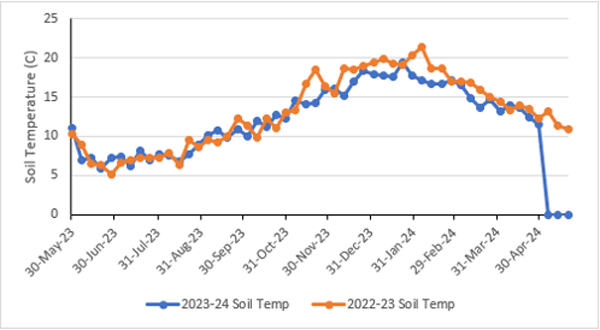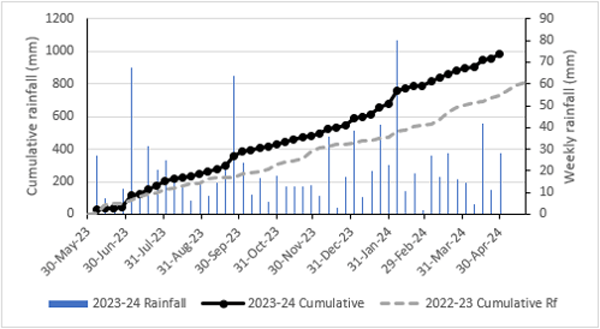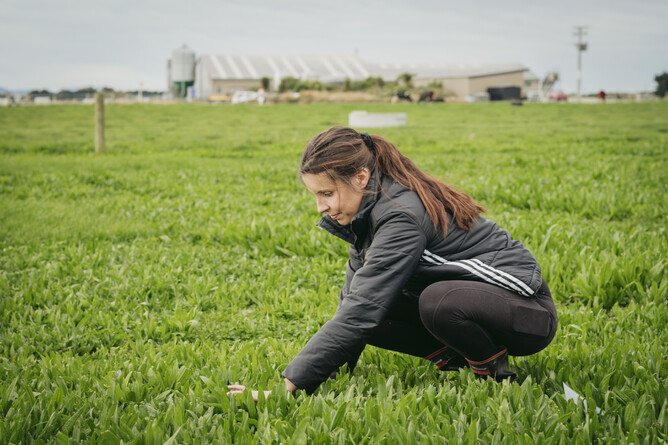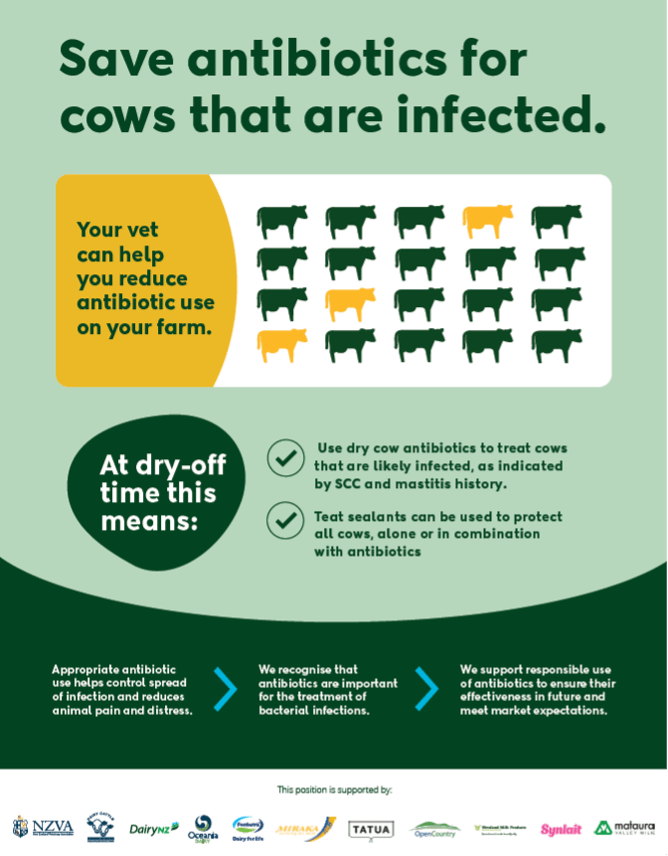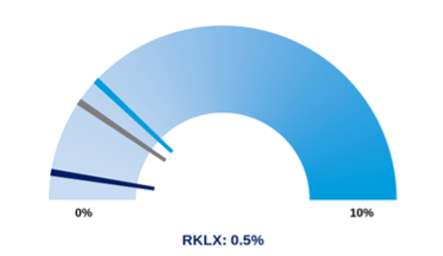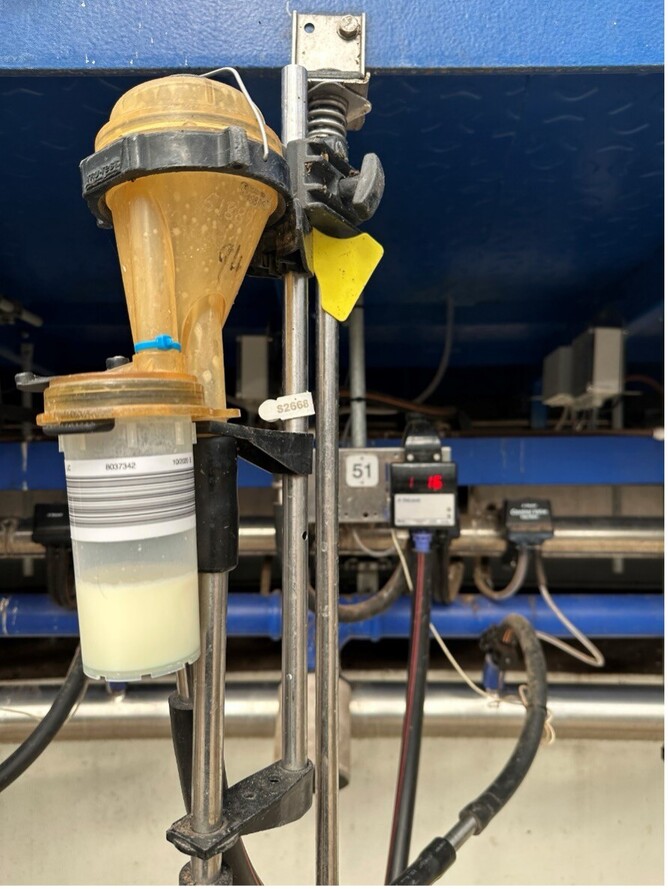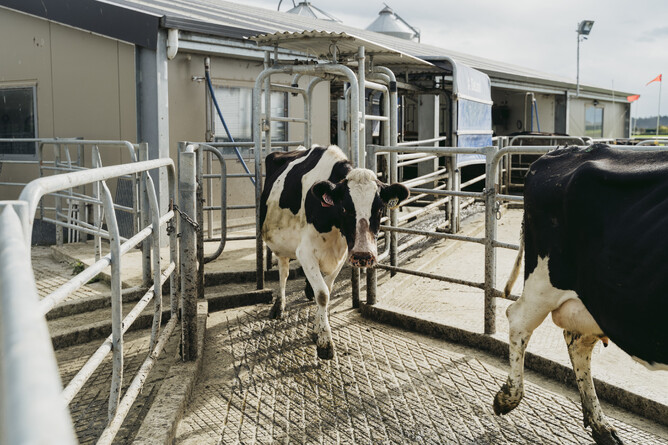This is a special edition newsletter focusing on the drying off season for southern farmers. We hope you enjoy the read!
Things are busy on farm as we set up for our farm system trial (more details in the newsletter), dry cows off that are light in condition and trying to manage body conditions score to ensure cows are target at calving, not to mention all the things that need to be done in preparation for winter.
The weather has turned, with a drop in ground temperature by 10 degrees and we only grew 23 kgDM/ha this week, compared to 40 kgDM/ha last week! Because of this and paddock conditions, we have moved all herds to once-a-day milking to minimise pugging and protect BCS.
Production has been great this season, up 11,000 kgMS, we have grown over 2 T pasture DM/ha more than last season, which has certainly been a contributing factor to the lift in production, along with our regrassing program.
This month there are a few changes in the SDH farm team as we say goodbye to some of our amazing team, including a few of our long-standing members who are taking up other opportunities. This includes Billy, our Farm Manager, who joined us in 2018, Bakura in 2018, Venura in 2020 and Ravee in 2023.
A huge thank you to the departing team members for their significant contribution to the Hub. This business is certainly a little different to a standard commercial farm and we will miss their passion in delivering for southern farmers. We wish them all the very best in their new adventures.
Over the last few months, I’ve really enjoyed the engagement with the community and have loved having groups on farm. This includes the Australian Young Dairy Leaders, Dairy Trust Taranaki and Northland Agricultural and Research farm, Teagasc, as well as a group of North Island farmers, to name a few. The Hub is always open for tours and for visiting farmers so please don’t hesitate to reach out if you’d like to visit.
The graphs below show the change in rainfall and soil temp this year compared to last year. Talk about two very different seasons!
Setting up for winter at SDH
DairyNZ Senior Science Manager, Dawn Dalley
As winter approaches, DairyNZ’s farm systems comparison trial will be focused on refined winter management with half the cows wintered on fodder beet and half on baleage.
This year, cows will only start transitioning onto beet once dried off, and will be transitioned off fodder beet one month before their expected calving date. From the fodder beet mob, cows will go into a pre-springer mob where they will be offered baleage and pasture for two weeks before drafting into the springer mob. Fodder beet paddocks have been set up with grass breakout zones which will be used during wet conditions for an alternative lying surface when the crop paddocks become sodden.
For baleage wintering mobs, pasture purchased for winter baleage has been tested to ensure we have appropriate quality feed, given the baleage makes up most of their diet. Pasture with more than 12% crude protein for wintering has been targeted.
Within each baleage farmlet, we are proposing to set up paired paddock comparisons to investigate different bale densities and frequency of baleage allocation on paddock conditions and subsequent pasture regrowth. Within the LI Baleage farmlet herd, three paddocks are being established with the same pre-grazing mass, approximately 2800 kg DM/ha, but at different bale densities to generate 14, 16 and 18T DM/ha baleage ‘yields’. This will result in daily allocations from 6.5 to 8.6 m2/cow. All mobs will receive the same daily baleage DM allocation per cow (12 kg DM/cow) with new bales offered once per day in the morning.
For the standard baleage farmlets, two paddocks are being set up with the same pre-grazing mass and bale density (17 T DM/ha) but will be offered new bales either daily or every four days. This comparison will determine whether multiple day breaks used with hay bale feeding can also improve ground conditions with baleage wintering.
Dry cow strategies
DairyNZ
At the end of lactation, dairy cows require a dry period to allow udder tissue to repair and rejuvenate. The right strategy to protect cows against mastitis in the dry period can have a big impact on the following season. Save antibiotics to treat cows that are infected, as indicated by somatic cell count (SCC) and mastitis history. We encourage farmers to consider using teat sealants alone or in combination with antibiotics, to protect all cows.
At SDH we meet with our key veterinarian Dr Keryn Cresswell at VetSouth to review our udder health and milk quality plan each year. We develop a dry off plan and identify which cows to treat, as well as discussing how to best manage mastitis throughout the year. Our frequent milk tests, staph screening of high SCC cows and good herd records provides the data Dr Cresswell needs to prescribe the right treatment depending on the type of mastitis and the cow. This year we’ll be treating 19% of the herd with dry cow, and teat sealing all the animals including heifers.
Visit dairynz.co.nz/dry-off for more information.
Keeping an eye out for Johne’s disease
Andrea Dixon, GM SDH
Animal health is important for us at the Hub. We have tested for Johne’s disease in our milking herd for six years and we are really starting to see some results from this.
Johne’s disease is a chronic infection caused by a bacteria (Mycobacterium avium subspecies paratuberculosis – MAP). The infection causes gradual thickening and inflammation of the intestinal wall which eventually prevents the absorption of nutrients. It is primarily spread through faeces and ingested by cows through contaminated pasture, colostrum/milk, feed and water. In cases of heavy infection, calves can be infected before birth through the placenta.
Clinical Johne’s disease is characterised by ill-thrift, progressive weight loss and profuse diarrhoea. No cure is available, and the condition is eventually fatal.
The results we have seen on the farm over the last few years looking at just one of the herds (similar results across all of the herds) shows the prevalence of Johne’s in this herd is down from 3% to 0.5% by the second year of utilising test and culling as a management practice. This practice helps us limit production losses due to the disease and reduce the transmission across the herd.
Their prevalence has been tracking lower than where they started and below the national median since. No reactors under five years old have been found since 2019 showing that this disease is aging out of the herd.
We have achieved this by working closely with the VetSouth team and Animal Health team at LIC ensuring testing is happening annually, suspect, positive and high positive animals are blood tested and removed from the herds as soon as the results are back. Given that young calves and heifers are highly susceptible for at least the first year we ensure young stock are removed from the milking platform as soon as possible and are not in contact with effluent while on the dairy farm, and instead remain in the sheds or in paddocks that are not spread with effluent.
Compared to New Zealand, Southland has a higher prevalence of Johnes. A targeted plan, working alongside your local vet, will help reduce the prevalence at a regional level.
Herd Johne's disease risk meter
Percentage of positive or high positive cows in the most recent whole herd test
2022-23 season National median for all herds Johne's testing with LIC:1.9%
Regional median for herds Johne's testing with LIC in Southland region: 2.4%
The dark blue line is our prevalence to Johnes at SDH, the grey line is all herds tested by LIC across NZ and the light blue line is the regional mean for all herds tested by LIC for Johnes in Southland.
SDH will continue our Johne’s testing, alongside the vets, and look forward to the release of the Johne’s dashboard LIC are building for the vet community, which will make it easier for us to see our Johne’s results over a period of time. If you want to learn more about Johnes animal-johnes-disease-management.pdf (dairynz.co.nz) or the LIC Website Johne's disease testing | LIC and your local vet.
Technology, information and achieving 78% six-week in-calf rate
Ian Butler, Farm Performance DairyNZ
At SDH, one of the technology tools we have is a BCS camera, providing constant updates on each cows’ individual condition. This is backed up by regular visual assessments by the research team, as well as our cows being used as part of the training programme for qualified BCS scorers from around the region.
The single biggest impact on cows’ fertility is BCS at calving, as this translates directly to their BCS at the start of mating, and how they transition from pregnant to milking to fertile again in the time frame we want. The ideal targets have been worked out as 5 for mature cows and 5.5 for first and second calvers (younger cows are still growing and need more time to transition from calving to cycling again, hence the need for more reserves). Cows lose weight or BCS at a rate mostly predetermined by the cow’s genetics from calving through to their first cycle, hence the importance of BCS at calving.
At SDH, our cows are all on an individualised weight gain plan to make sure they reach this important target, and we work backwards in time using the information we have to get them there.
Cows don’t put on weight in the final month of pregnancy, so that pushes our date back once we know their expected calving date from a dated pregnancy test by our vets.
Cows will hopefully put on weight during winter grazing if fed properly, we work on a 0.3 BCS gain per four weeks at SDH. We then keep working backwards to where our cow is now, and what the options are for getting her to her target. Our BCS camera tracks this for us, so we know if our cow is on target to meet her goal on her target date. The following are a list of the tactics we use, depending on the time of season, and weight gain needed.
Preferential feeding – throughout the year the cows identified as being lower BCS are fed more of the in-shed feed. Overweight cows are not fed in-shed at all, as being overweight can have a negative impact on reproductive performance as well.
Increased rations – Our cows need to gain about 36 kgs of body weight for an increase of 1 BCS- for this they need to eat more feed, it takes from 135 kg DM PKE to 225 kg DM good autumn pasture to gain this weight. The use of OAD milking is a tool that can help with this, and in practice 0.5 condition score gain in one month is near the limits of what a cow with good milk production can gain. One way to think of it is break that 225 kg DM pile of grass down to how much more you can reasonably expect your cow to eat in one day - probably 1-2 kgs is realistic, as you don’t want to compromise pasture quality/grazing residuals. That gives you 3-6 months to get that pile into your cow, so this approach is going to need some help!
Once a day – can be used for either individual cows or whole herds- limiting the amount of energy going to milk production means more is available for weight gain. Cows on OAD will gain 0.2-0.3 of a BCS over six weeks from being OAD alone, without being offered more feed. Over the past two weeks 85% of our cows from a mob on OAD have gained BCS, while the herds on TAD had 42%-52% of cows gaining BCS from the same feeding regime. The OAD herd is interestingly producing slightly more than two of the TAD herds at the same time, showing the effectiveness of this tactic when stacked with others, e.g. preferential feeding and increased rations.
Drying cows off – all cows will need to be dried off at some stage, and will not gain any BCS for 10-14 days during this process. The advantage is obviously no energy consumed is going to milk production, and while a dry cow will eat less, it is relatively easy to feed a cow 3-4 kg DM more per day than she requires for maintenance, which makes the calculation from the increased rations portion a lot better. At SDH this course of action is taken when the BCS camera’s information shows the cow is not putting on condition fast enough using all the other stacked methods to reach her target on time.
So, the hard work that gets us those great figures in November happens with decisions made from data our team are capturing and analysing in March and April!
SIDE calls for farmer representatives
The South Island Dairy Event (SIDE) Governance Group are looking for farmer representatives to join their Board. The Governance Group are the overarching team that ensure SIDE remains relevant and profitable and they provide support and direction to the Event Committee.
They want to hear from Southland farmers interested in joining the Governance Group (three-year term), or to join the Event Committee in the future (one year term). They are offering personal development opportunities, registration to SIDE events and more.
Keen to know more? Email to: info@side.org.nz and see About SIDE for more details on SIDE.


